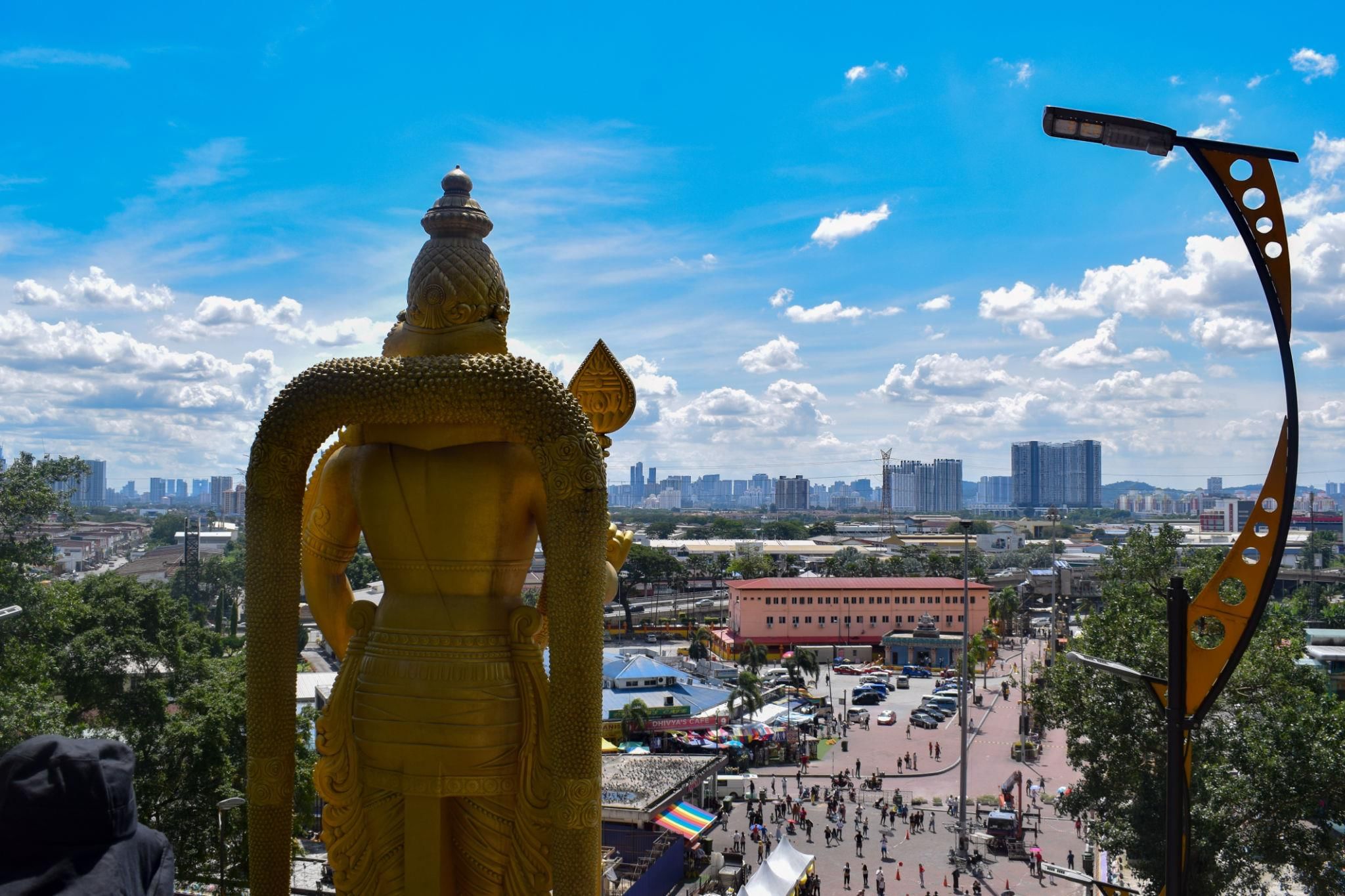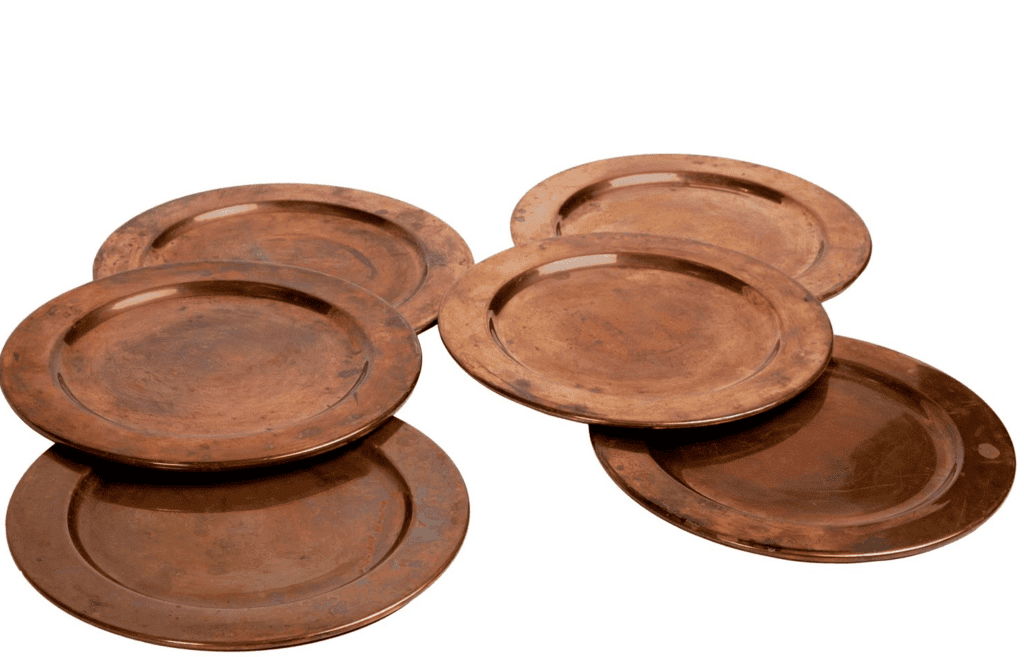Class 7 History Chapter 2 Question Answers - New Kings and Kingdoms
Q1: Where did the Cholas rule?
Ans: The Cholas ruled in Tamil Nadu.
Q2: Who were mah-samantas?
Ans: The samantas who gained power and wealth were called ‘maha-samantas’.
Q3: How did Samantha become ‘maha-mandaleshvara’?
Ans: As samantas grew in power and wealth, they declared themselves maha-mandaleshvara, meaning "great lord of a region."
Q4: Who was Pratihara Harichandra?
Ans: The Gurjara Pratihara Harichandra was a Brahmana who abandoned traditional roles to become a warrior. He successfully established kingdoms in Rajasthan.
Q5: Who built Thanjavur and a temple for the goddess Nishumbhasudini?
Ans: Vijayalaya Chola established the town of Thanjavur and built a temple dedicated to the goddess Nishumbhasudini.
Q6: Who was acknowledged as the ‘samantas’?
Ans: In the 7th century, there were big landlords or warrior chiefs in different regions. They were acknowledged as subordinates or samantas of kings.
Q7: What was referred to in Prashasti found in Gwalior, Madhya Pradesh?
Ans: One Prashasti, written in Sanskrit and discovered in Gwalior, Madhya Pradesh, highlights the achievements of Nagabhata, a king of the Pratihara dynasty
Q8: Who was Kadamba Mayurasharman?
Ans: The Kadamba Mayurasharman was a Brahmana who gave up the traditional profession and took to arms, successfully establishing a kingdom in Karnataka.
Q9: Mention the use of copper plates during the period.
Ans: Kings often rewarded Brahmanas with grants of land. These were recorded on copper plates, which were given to those who received the land. Q10: How many taxes were imposed in the Cholas regime?
Q10: How many taxes were imposed in the Cholas regime?
Ans: There were more than 400 kinds of taxes in the Cholas regime.
Q11: What do you understand by the word ‘kadamai?
Ans: ‘Kadamai’ was a tax of the Cholas regime imposed for land revenue.
Q12: What was the use of collected taxes?
Ans: The collected taxes were used for the construction of temples and forts, to fight wars, and for access to land and trade routes.
Q13: Who built temples of Thanjavur and Gangaikonda Cholapuram?
Ans: The temples of Thanjavur and Gangaikonda Cholapuram were built by Rajaraja and Rajendra.
Q14: What do you understand about ‘hiranya-garbha’?
Ans: The Rashtrakutas in the Deccan were initially subordinate to the Chalukyas of Karnataka but later overthrew them and performed a ritual called ‘hiranya-garbha’. This ritual leads to the “rebirth” of the sacrificer as a Kshatriya, even if he is not one by birth.
Q15: Who captured the delta from the Muttaraiyar?
Ans: Vijayalaya, a member of the ancient Chola chief family from Uraiyur, captured the delta from the Muttaraiyar in the mid-ninth century.
Q16: Where did the Chauhans rule?
Ans: The Chauhans ruled primarily over the regions of Delhi and Ajmer.
Q17: Who conquered the Pandyan and the Pallava territories?
Ans: Vijayalaya conquered the territories of the Pandyan and Pallava kingdoms.
Q18: Why is the period between the 7th and 12th centuries important?
Ans: The period between the 7th and 12th centuries is important because many new dynasties emerged in different parts of the subcontinent.
Q19: What was the target of Sultan Mahmud of Ghazni?
Ans: Sultan Mahmud of Ghazni conducted numerous raids in the subcontinent, specifically targeting wealthy temples, particularly the famous temple of Somnath in Gujarat. He raided the region almost every year from 1000 to 1025. Much of the wealth he acquired was used to enhance his capital city at Ghazni.
Q20: What was expected by the kings from Samantas?
Ans: Samantas were expected to bring gifts and provide them with military support.
Q21: What do you understand about ‘vetti’?
Ans: In the Chola regime, the most frequently mentioned tax is ‘vetti’ taken not in cash but in the form of forced labor.
Q22: How many sabhas were formed by the Cholas for the regulation of various works?
Ans: Inscriptions received from Tamil Nadu provide the details of various sabhas, such as irrigation works, gardens, temples, etc., with certain criteria of eligibility.
|
63 videos|552 docs|46 tests
|
FAQs on Class 7 History Chapter 2 Question Answers - New Kings and Kingdoms
| 1. What are the main features of the new kingdoms that emerged during this period? |  |
| 2. How did the new kingdoms influence trade and economy in ancient India? |  |
| 3. Who were some notable rulers of the new kingdoms and what were their contributions? |  |
| 4. What role did religion play in the new kingdoms? |  |
| 5. How did the social structure change with the rise of new kingdoms? |  |























